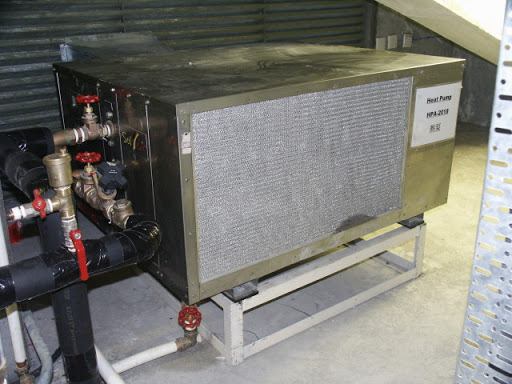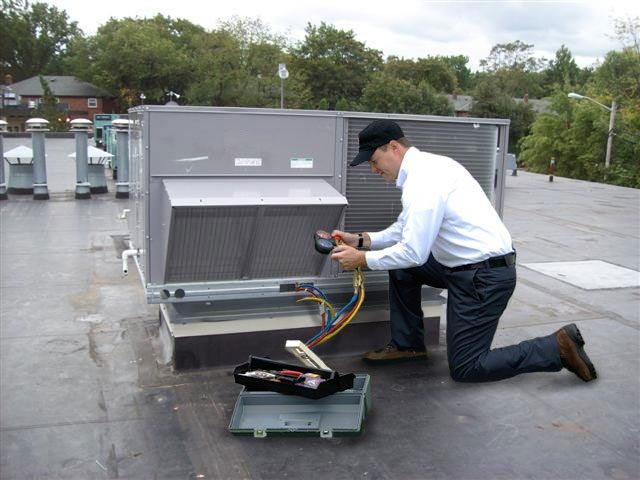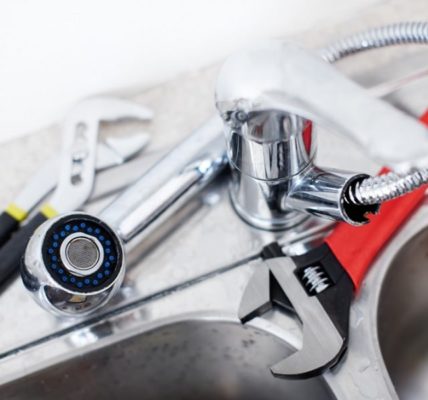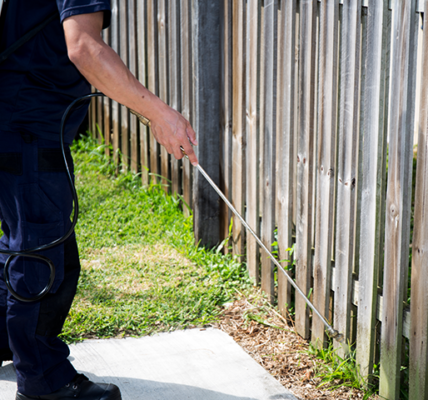There are particle filters that limit the emission of pollutants. Industrialists and manufacturers must improve their equipment by incorporating particle filters that will limit pollutant emissions (Germany already requires this type of device to improve air quality).
The global balance (greenhouse effect, grey energy, etc.) of wood energy is very favorable. It emits 4 to 20 times less CO2 equivalent than other conventional energies, especially wood pellets which emit fewer pollutants. The Ecodesign 2022 standards will improve air quality by being more demanding, but the number of households that rush to wood energy poses another problem that our forests.
The trees in our forests are more valuable alive than dead
Provided that we eliminate as a priority the extremely polluting wood appliances older than 15 years that consume nearly 80% of wood energy according to data BVA household surveys user base 1467 2012 CITEPA 2016. The choice of an appliance must be made according to the quality of its manufacture (longevity), its output, and its energy performance.
For individuals, particle filters can reduce emissions, but remain rare and expensive. Without a change in regulations that would force manufacturers to equip their appliances with filtering systems, users will never be inclined to spend more. Financial aid would be an incentive for our air quality and therefore the health of all. The appliances labeled Flamme Verte 7 stars allow a maximum rejection of 20 mg per m3.

Catalytic filters
The installation of particle filters makes it possible to limit atmospheric pollutants. The increase in the rate of fine particles (particles in suspension or particulate matter) in constant progression in the air is a factor of health risks: alteration of pulmonary functions, cardiovascular diseases, lung cancer, and finally the reduction of life expectancy.
Catalytic combustion: principle
During the first stage of combustion, the unburned gases pass through a honeycomb structure before being discharged into the flue gas pipe. The catalyst has copper-coated cells and its role is to lower the ignition point of the gases passing through the honeycomb structure, which allows it to operate at a low combustion rate. The purification process takes place on fumes with a temperature between 180°C and 500°C. The advantage of catalytic filters is that they work without electricity and reduce polluting emissions by about 80%. The disadvantage is related to maintenance, as the filter must be replaced regularly every 2 to 6 years.
Very fine dust consisting of organic and non-organic parts is emitted by domestic wood-burning appliances.
The fly ash of fine wood particles is the inorganic part, it is composed of mineral salts that have burned in suspension in the flame. When the combustion is imperfect at the ignition when the fireplace is cold, when the wood is not dry enough, when the fireplace is idle, and during the phases of opening the door or reloading PAH (polycyclic aromatic hydrocarbons) are evacuated. The removable filter inside the fireplace can be cleaned with a vacuum cleaner once a year. Easily removable, it allows the sweeping of the smoke pipe.
Particle filters or electro filters (EF)
These particle filters act by electrostatic separation of the fine particles contained in the smoke. These ionized particles agglomerate into a single mass in the form of flakes on the inner wall of the duct. These filter types are suitable for all wood-burning systems up to 50 kW.
Dry flue gas filtration
The combustion of wood generates various pollutants which are linked to :
- the natural composition of wood, which is a complex material containing certain chemical elements in trace form
- the “heterogeneous” combustion reaction of wood, unlike gaseous or liquid fuels.
- the “incomplete” combustion reaction of wood due to the presence of water in the fuel.
The filtering technologies: To filter the fumes two principles exist: the wet way and the dry way.
The dry process is the most common technique in small and medium power boiler rooms. Go right here now for more info on furnace filters.








